Optimal Timing for Paint Stripping
Dry, mild weather with low humidity is ideal for paint strippings. Avoid performing the work during rain, high humidity, or extreme temperatures to prevent surface issues.
Spring and fall are generally preferred seasons due to moderate temperatures and lower humidity levels, facilitating better adhesion of removal products and easier surface preparation.
Perform paint strippings when outdoor temperatures are between 50°F and 85°F to ensure safety and effectiveness of chemical or mechanical removal methods.
Indoor paint stripping should be scheduled during periods of good ventilation and stable temperature conditions to minimize health risks and improve process efficiency.
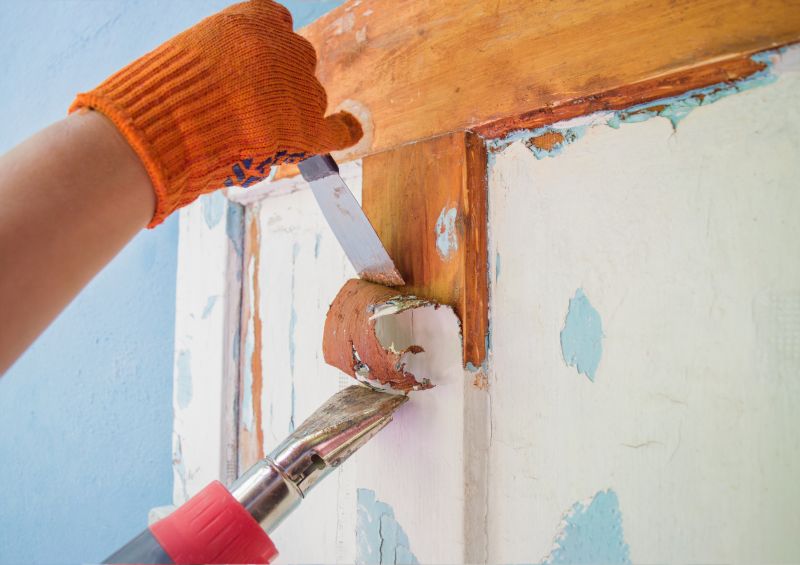
Spring offers moderate temperatures and low humidity, ideal for paint removal projects.

Summer may present challenges with high temperatures and humidity, but early mornings can be suitable.
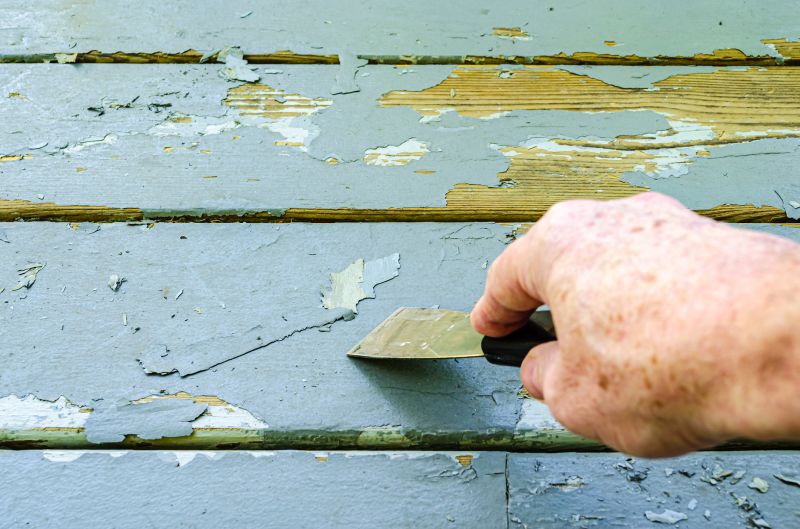
Fall provides cool, dry conditions that are favorable for paint stripping activities.

Ways to make Paint Strippings work in tight or awkward layouts.
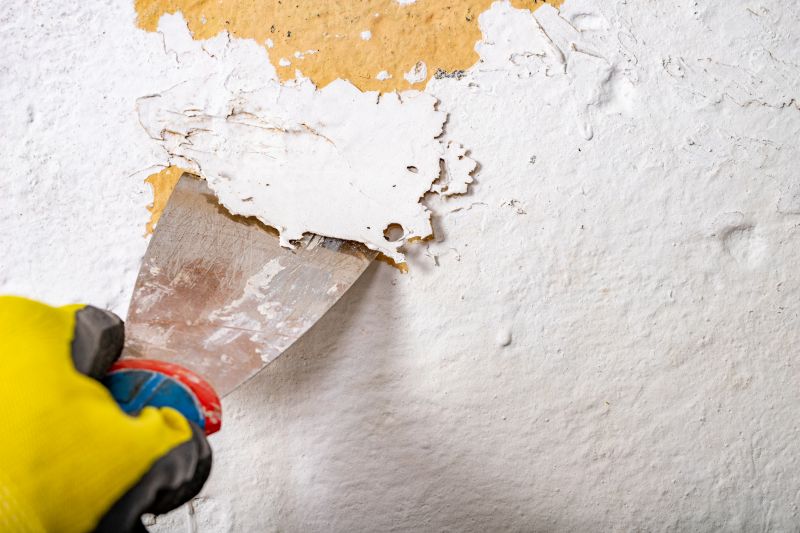
Popular materials for Paint Strippings and why they hold up over time.
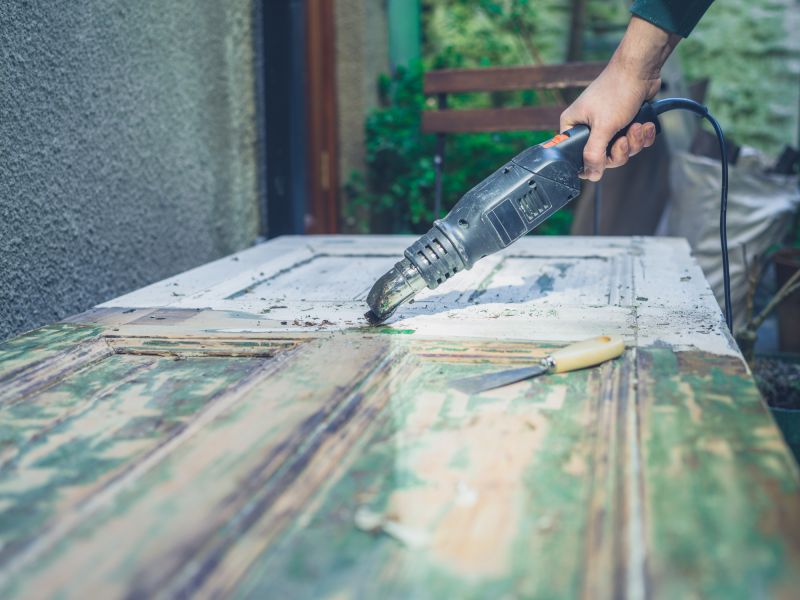
Simple add-ons that improve Paint Strippings without blowing the budget.

High-end options that actually feel worth it for Paint Strippings.
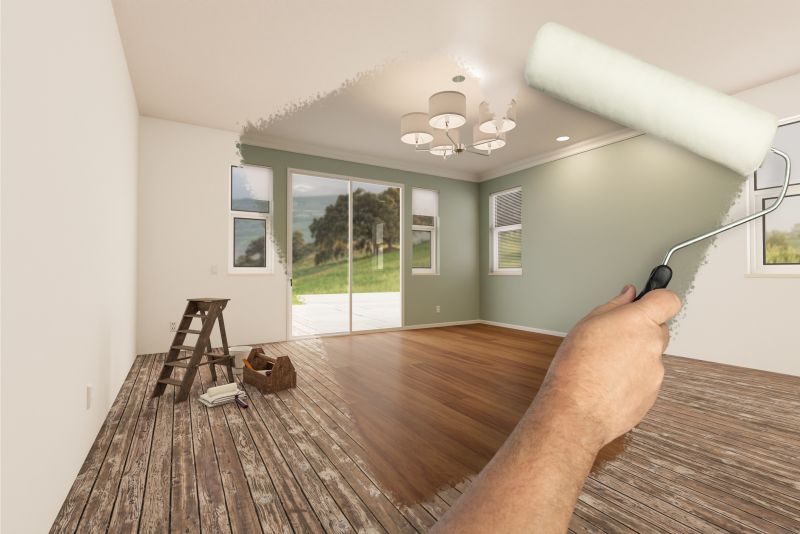
Finishes and colors that play nicely with Paint Strippings.
Paint strippings involve removing old or damaged paint layers from surfaces to prepare for repainting or restoration. This process can include chemical, mechanical, or thermal methods, each suited to specific situations and surface types. Proper timing ensures that the materials used are most effective, minimizing surface damage and ensuring a clean, smooth finish for subsequent coatings.
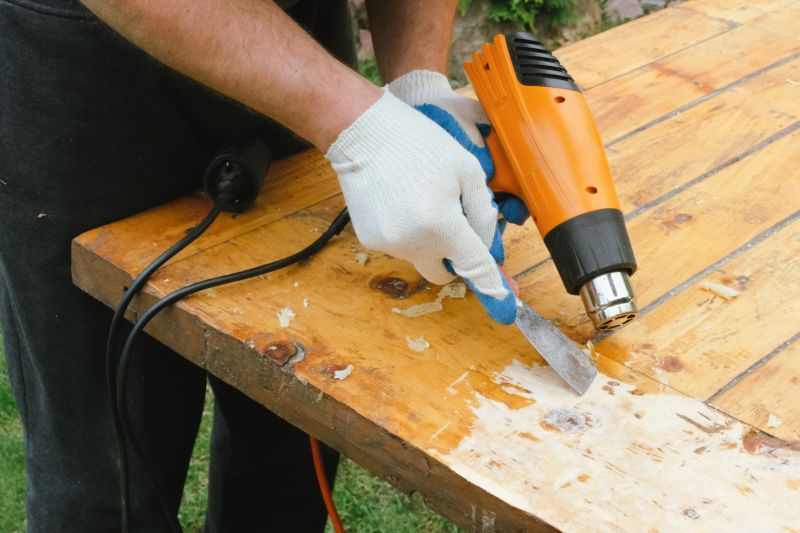
Effective in moderate weather, chemical methods require proper timing for optimal application.
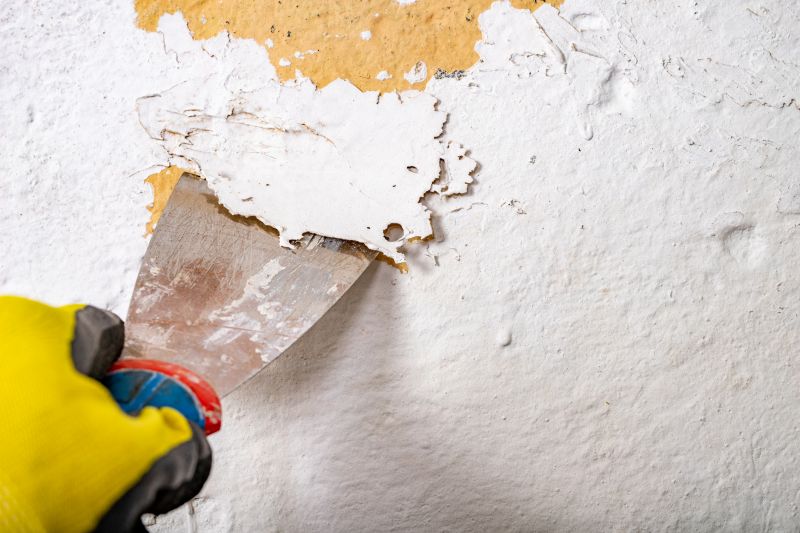
Best performed in dry conditions to prevent surface damage and ensure safety.

Requires stable temperature conditions to avoid surface warping or damage.
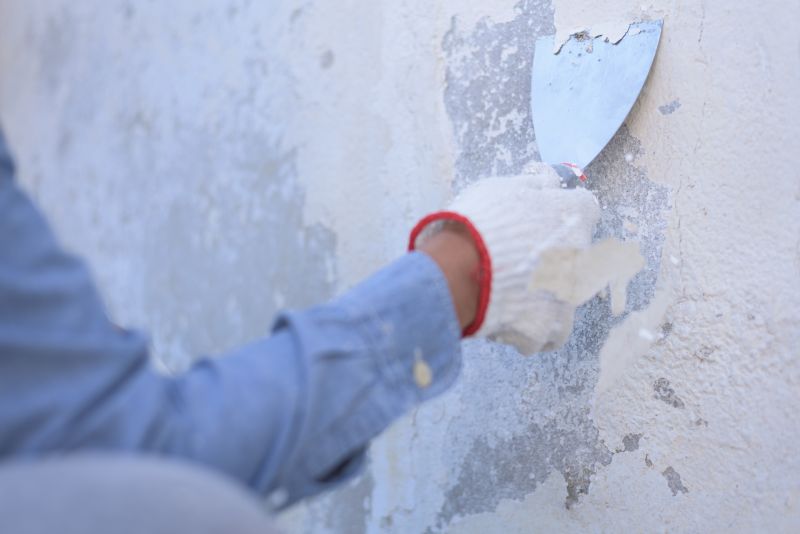
Timing influences the effectiveness of surface cleaning before repainting.
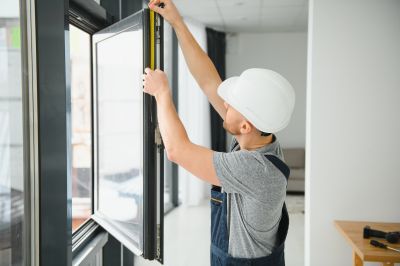
Little measurements that prevent headaches on Paint Strippings day.
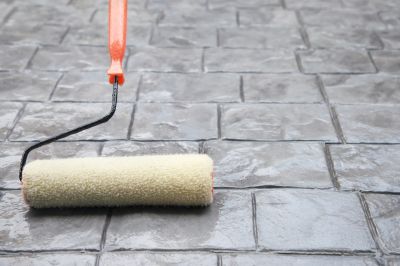
A 60-second routine that keeps Paint Strippings looking new.
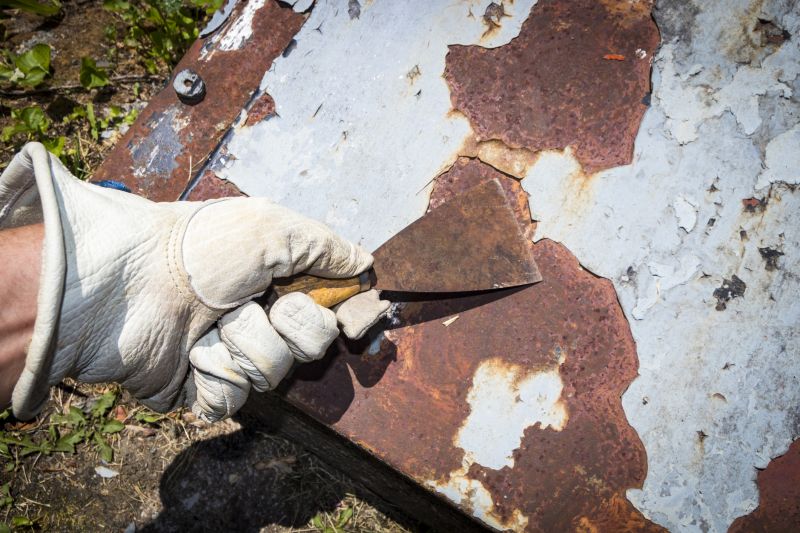
A frequent mistake in Paint Strippings and how to dodge it.
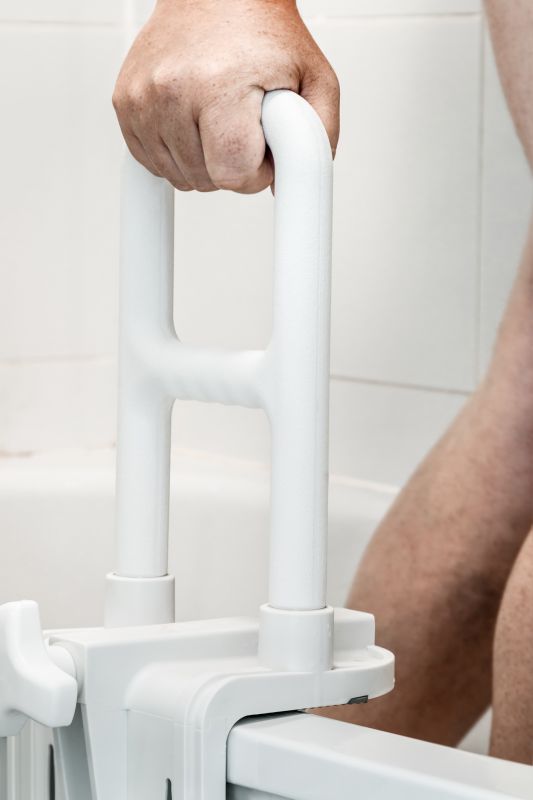
Small tweaks to make Paint Strippings safer and easier to use.
| Season | Ideal Conditions |
|---|---|
| Spring | Moderate temperatures, low humidity |
| Summer | Early mornings, avoid peak heat |
| Fall | Cool, dry weather |
| Winter | Not recommended due to cold and moisture |
| Indoor projects | Stable temperature, good ventilation |
